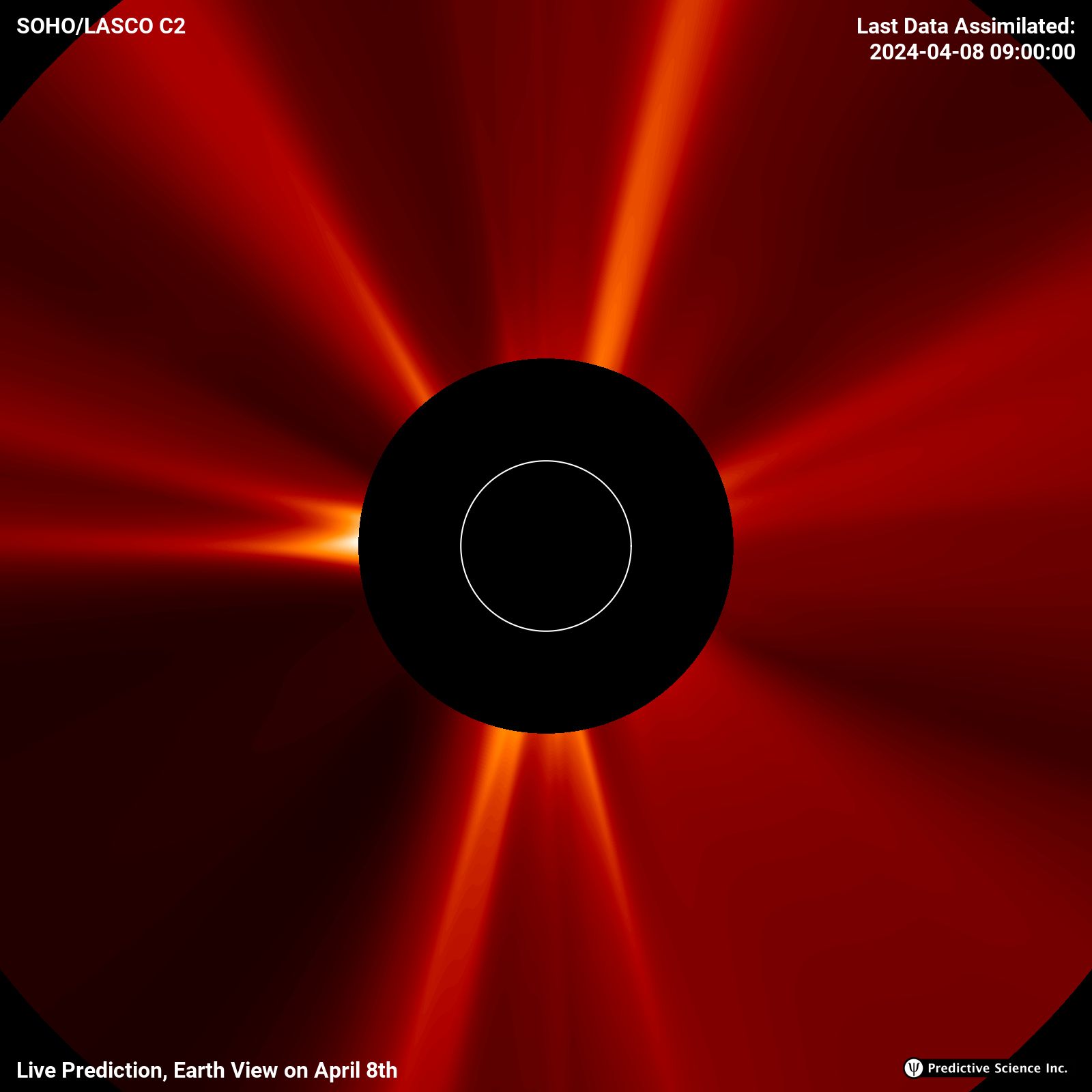Studies of the structure and evolution of the solar corona are not limited to eclipse times, thanks to a very special kind of telescope invented back in the early 1930s by French astronomer Bernard Lyot: a so-called coronagraph. It is a telescope that includes an occulter designed to block the bright solar disk, thus revealing the much fainter corona—in other words, it creates an artificial eclipse! Thanks to coronagraphs, we are able to monitor the outer solar atmosphere virtually continuously—although we cannot perform many of the studies that can only be pursued from ground during an actual total eclipse. A fun fact: The power of coronagraphs is not limited to solar physics! For example, “stellar” coronagraphs have been successfully employed to search for exoplanets orbiting other stars.
Although there are some coronagraphs operating here on Earth (see, for example, the
K-Cor telescope at the
Mauna Loa Solar Observatory), ground-based observations suffer from light scattered by Earth’s atmosphere, which is why images of the solar corona are mostly collected from space. The panels above emulate the viewing perspectives and fields of view of three instruments currently collecting data from space, from left to right: The
COR2 coronagraph part of
SECCHI onboard
STEREO-A, the C2 coronagraph part of
LASCO onboard
SOHO, and the
Metis coronagraph onboard
Solar Orbiter. In each image, the coronagraph’s occulter is displayed in black, and the solar disk underneath is indicated with a white circle. STEREO-A orbits the Sun a little bit ahead of Earth, and during the 2024 total eclipse will be located approximately 10° in longitude west of Earth, while SOHO is positioned in near-Earth space, hence the fields of view of these two telescopes remain approximately constant in time. Solar Orbiter, instead, circles the Sun in an elliptical path, which is why the size of the Sun is seen to vary as the spacecraft proceeds along its orbit. Another fun fact: The SOHO spacecraft, launched in 1995, has enabled the discovery of over 5000 previously-unknown comets (more info at the
Sungrazer Project)!
Coronagraph images taken from space capture two major components of the solar corona: The F-corona, produced by sunlight scattered by dust particles, and the K-corona (the “true corona”), generated by sunlight scattered from electrons. To observe the structure of the solar atmosphere, the F-corona has to be removed, hence coronagraph images are usually processed to subtract the so-called “minimum background” and to bring up the K-corona. Our simulations do not include dust, hence there is no F-corona to be removed. To provide a qualitative representation of what the coronagraphs in space will observe according to our eclipse prediction, we have applied a radial filter to our total brightness estimates, thus highlighting the structure of the various streamers and dynamic coronal features.


